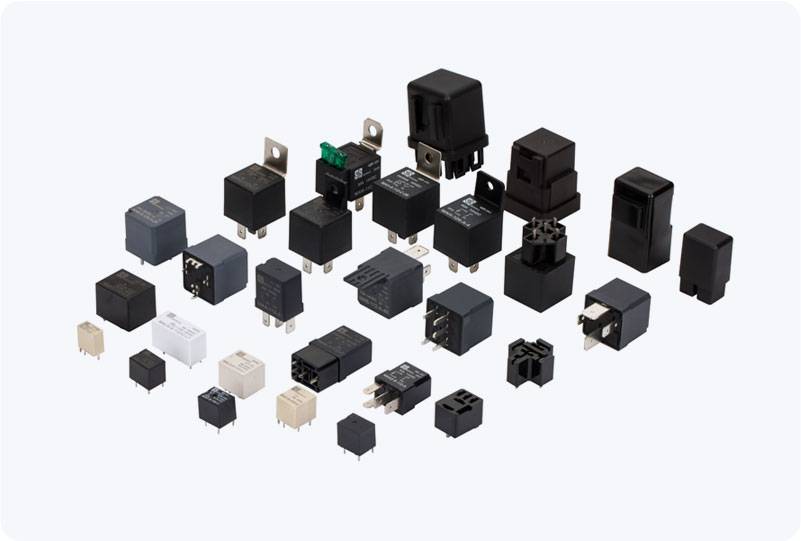In today’s rapidly advancing world of technology, the Internet of Things (IoT) continues to revolutionize how we interact with devices and control various aspects of our environment. Among the many innovations in this space, Webhook Enabled IoT Relays stand out as a key component in enabling seamless remote control, automation, and integration of IoT systems. But what exactly is a Webhook Enabled IoT Relay, and how can it benefit industries and everyday users alike? In this article, we’ll explore what these devices are, how they work, and why they’re gaining popularity.

What is a Webhook Enabled IoT Relay? A Webhook Enabled IoT Relay is a smart device that uses webhooks to control electrical systems and devices remotely. Webhooks are essentially user-defined HTTP callbacks that allow external systems to trigger actions on a server. When a specific event occurs, the webhook sends an HTTP request to a predefined URL, which in turn triggers the relay to perform an action such as turning on or off a connected device. In simple terms, a Webhook Enabled IoT Relay acts as a switch that can be controlled over the internet or via APIs, offering a remote and automated way to manage devices that rely on physical switches. These relays are typically integrated into IoT ecosystems and can communicate with a wide range of devices, from home appliances to industrial machinery.